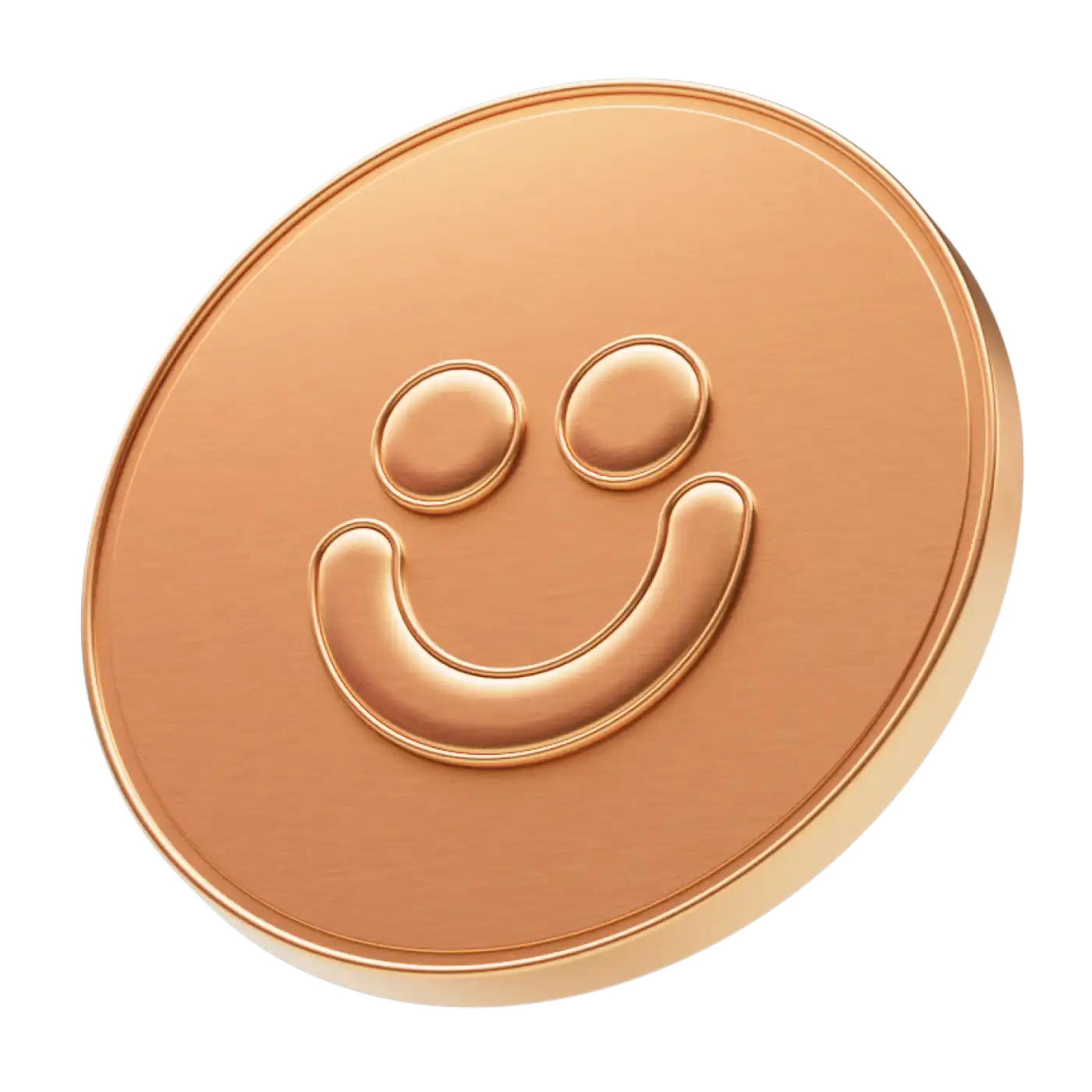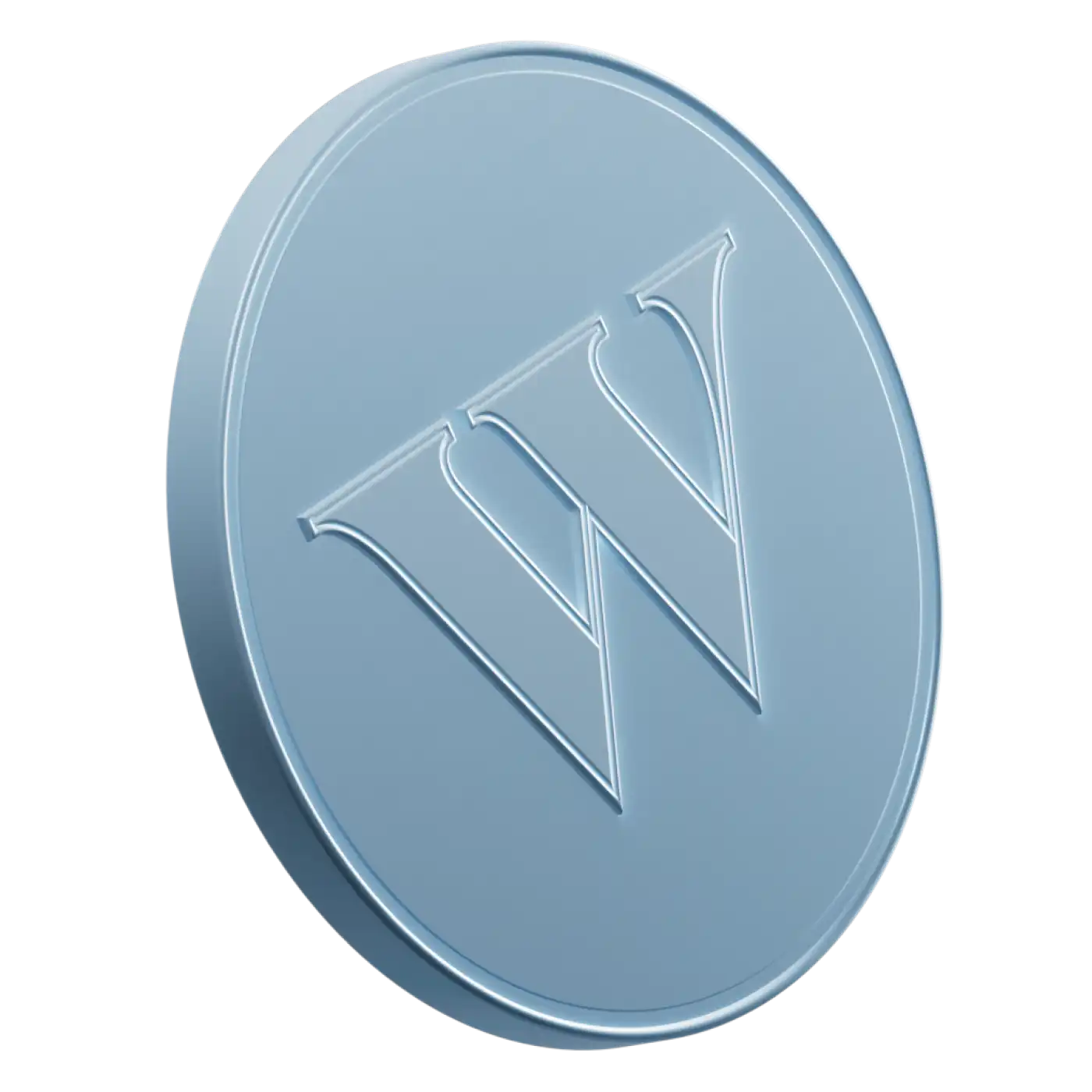Federally-regulated banks or trust companies that hold or issue Canadian-dollar accounts are required to transfer unclaimed balances to the Bank of Canada once every year on December 31st. Approximately 2.1 million accounts had unclaimed balances at the end of 2019 and over 93% were balances under $1000. The total worth was $888 million and the Bank of Canada paid a total of $8.5 million to account holders that could be contacted. Here's a quick overview of unclaimed balances in Canada, including what it is, types of balances held and how to determine if you have unclaimed balances from your bank accounts.
What are Unclaimed Balances
As the name suggests, unclaimed balances are bank account balances that have not been accessed for an exceptionally long time, usually within the past ten years. If the rightful account owner or next of kin doesn't claim bank account balances for a long time, the bank is required to publish these accounts. The bank, or financial institution, will then wait for another three months for account owners to claim the balance. If this doesn't happen, they will be required to transfer the funds to unclaimed balance accounts held with the Bank of Canada, designated for holding unclaimed balances. The oldest balance dates back to 1900 and the state can claim such balances when they become abandoned property. As such, it is essential to check if you have missing money or unclaimed balances before they become state property.
Types of Balances Held
The Bank of Canada only holds specific unclaimed balances as follows:
Accounts – Includes all current chequing accounts, savings accounts held by Canadian banks and financial institutions.
Deposits – Covers positive credit card balances, guaranteed investment certificates (GICs), term deposits and deposit receipts.
Negotiable instruments – Comprises bank drafts, money orders, certified cheques, traveller's cheques, and official cheques. You can find more information on what happens to uncashed cheques here.
Before balances are transferred to the Bank of Canada, federally-regulated banks and trust companies are required, by the Bank Act, to send written notification to account holders. The bank must send the notice after 2, 5 and 9 years to notify the account holder of the inactivity. If there's no response or the bank cannot contact the account holder, the funds will be moved to the Bank of Canada on December 31 of the tenth year of inactivity.
Types of Balances Not Held
The Bank of Canada doesn't hold some unclaimed balances. For instance, the Office of the Superintendent of Bankruptcy Canada may hold unclaimed property from bankruptcy cases. Here's a look at unclaimed balances not held by the Bank of Canada:
Accounts that hold U.S dollars and other non-Canadian currencies
RRSP (registered retirement savings plan) accounts
RRIF (registered retirement income fund) accounts
Credit union/Caisse Populaire accounts
Life insurance policies
Gold and silver certificates
Unclaimed balances held by utility companies and other companies
Safety deposit boxes
Stock equity shares and dividends
Identifying unclaimed balances not held by the Bank of Canada is essential when locating your missing balances. For instance, provincial securities commissions, such as the Ontario Securities Commission, keeps the information about stocks and dividends, so you contact them for such account balances.
How so I know if I have an Unclaimed Balance?
Unclaimed balances that remain so for up to 30 years become the state's property. More than $9.1 million have been handed to the federal government since 2006. There are various ways to determine if you have unclaimed balances and claim them. Simply check your bank accounts and other accounts held by financial institutions. If you notice missing amounts or the account is dormant, you can contact the bank for more queries. However, the easiest method to know if you have any unclaimed balance involves visiting the Bank of Canada official website and searching the registry for "unclaimed balances." You can then type in your name to check whether there's money waiting for you.
How Can I Locate My Unclaimed Balance?
Unclaimed balances held by the Bank of Canada will appear on the registry until they are handed over to the feds as abandoned property. Balances handed to the feds cannot be claimed. To locate your unclaimed balance, go to the Bank of Canada online and search for "unclaimed balances." Next, enter your name and search the registry. If nothing pops up, it means there are no balances under your name. However, if you have some money waiting, you can initiate the claiming process.
How to Make A Claim on An Unclaimed Balance
To claim unclaimed balances, you must complete a claim form. Simply head to Bank of Canada online, search for your unclaimed balance and click on it. You will be prompted to answer guided questions that help to generate the appropriate claim form. Once generated, print the form, fill it out and sign appropriately. The form will identify the supporting documents required, including proof of ownership or entitlement, depending on the claim you are making. Essentially, if you are making an individual claim, you will need the following:
Two forms of valid identification documents (passport, birth certificate, or driver's license) issued by different government organizations (provincial/territorial, federal, municipal, or local equivalent abroad). The identification documents must include the claimant's photo and current address.
Original bank statement or passbook for claims made on an account.
Proof of investment
Proof that the balance holder was a resident in the address noted in Bank of Canada records.
You can also claim estate accounts. In this case, you will need an original bank statement or passbook for account claims, proof of investment and evidence that the balance holder once resided in the noted addresses. Legal representatives authorized to act on behalf of the estate must also provide ID and proof that they are the authorised representative. Other documents the Bank of Canada may require include a death certificate, last will statement and proof of probate. States like Quebec also require Will Search Certificates and Declaration of Heredity.
Once you have all the documents and the completed form, mail the package to the Bank of Canada. It should take a few weeks to process and you will receive a notification if your account status changes.



